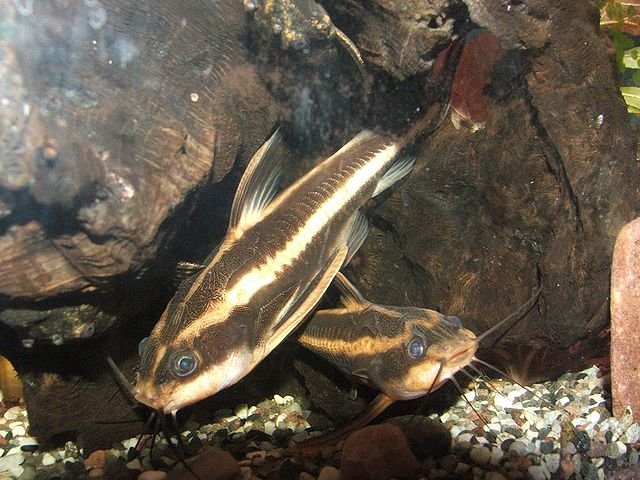
Panga, also known as striped catfish (Pangasianodon hypophthalmus), is a commercially important freshwater fish in many countries in East Asia. This fish is highly popular among consumers due to the absence of intramuscular bones and a high proportion of flesh.
Although commercial feeds are available for striped catfish, they do not meet the nutritional requirements of the fish.
Scientists from the University of Veterinary and Animal Sciences, Ataturk University, and the University of Galway conducted a study to determine how increasing levels of crude protein in striped catfish (Pangasianodon hypophthalmus) diets can influence growth performance, proximal composition, and amino acid profile.
The study also measured digestive performance and nutrient assimilation efficiency to quantify the activity of intestinal enzymes.
Experimental diets
The fish were fed three times a day with four semi-purified diets containing increasing levels of protein: 30, 35, 40, and 45% for 12 weeks.
“The fish were stocked in 12 cages located within a pond. Depending on the water quality in the pond, the water was partially changed,” described the researchers.
Weight gain
According to the results of the 12-week feeding trial, no significant differences in survival rate were observed. However, the increase in protein inclusion in the diet had a significant impact on pangasius’ growth performance.
“The present study reports that there was a growing trend in striped catfish growth performance as the crude protein content was elevated to 40%,” they reported.
Stay Always Informed
Join our communities to instantly receive the most important news, reports, and analysis from the aquaculture industry.
They also described that the feed conversion rate also showed that feeding with a 40% protein diet yielded the best results.
According to the researchers, “This indicates that fish fed high-protein diets can use the protein more efficiently compared to diets with lower protein levels.”
Better fillet quality
“The results of the proximal analysis of the striped catfish body also showed a positive correlation between the protein content in the diet and the crude protein content in the body, with striped catfish fed diets containing 40 or 45% protein having the highest protein content,” they informed.
According to the study, essential and non-essential amino acids in the muscle tended to increase with the increase in dietary proteins.
Based on the study results, the amino acids in the harvested striped catfish fillets were significantly higher in the groups of fish fed with 40% and 45% protein diets.
On the other hand, the scientists report that the activity of protease enzymes found in the proximal intestine was improved with increasing protein levels in the diet, reaching an optimum level of 40% crude protein.
Conclusion
“It was observed that 40% protein in the diet produced the highest indicators of growth performance and food utilization,” the researchers concluded.
However, they also warn that any increase in dietary protein for striped catfish beyond 40% did not improve growth metrics but rather decreased them.
Additionally, the researchers determined the effect of food and protein content on the quality of striped catfish fillets through amino acid profiling and proximal analysis.
“The current results suggest that the activities of digestive enzymes in striped catfish are modulated by protein levels in the diet,” they concluded.
The study was funded by the Punjab Agricultural Research Board (PARB).
Contact
Department of Fisheries & Aquaculture
University of Veterinary and Animal Sciences
Lahore, Pakistan.
Tel.: +923060621956
E-mail: sheezabano4@gmail.com
Reference (open access)
Bano, S., Khan, N., Arslan, M., Fatima, M., Khalique, A., Wan, A.H.L. (2023). Impact of Various Dietary Protein Levels on the Growth Performance, Nutrient Profile, and Digestive Enzymes Activities to Provide an Effective Diet for Striped Catfish (Pangasius hypophthalmus). Turkish Journal of Fisheries and Aquatic Sciences, 23(7), TRJFAS22204. https://doi.org/10.4194/TRJFAS22204
Editor at the digital magazine AquaHoy. He holds a degree in Aquaculture Biology from the National University of Santa (UNS) and a Master’s degree in Science and Innovation Management from the Polytechnic University of Valencia, with postgraduate diplomas in Business Innovation and Innovation Management. He possesses extensive experience in the aquaculture and fisheries sector, having led the Fisheries Innovation Unit of the National Program for Innovation in Fisheries and Aquaculture (PNIPA). He has served as a senior consultant in technology watch, an innovation project formulator and advisor, and a lecturer at UNS. He is a member of the Peruvian College of Biologists and was recognized by the World Aquaculture Society (WAS) in 2016 for his contribution to aquaculture.




